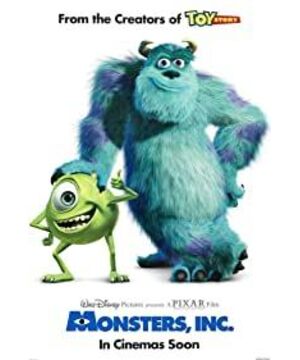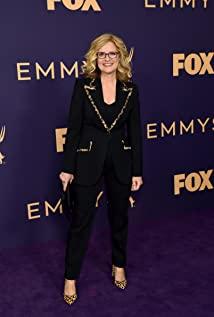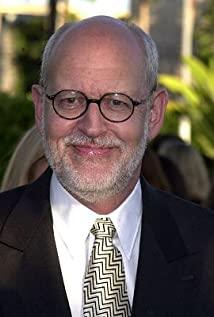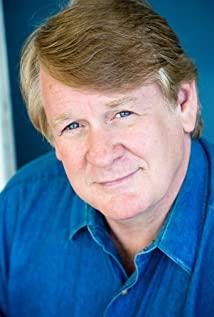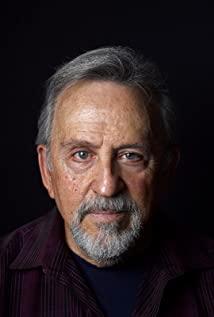Comedy star Bill Murray originally planned to voice the protagonist Sulley, but director Peter Dougert said that when the producer decided to contact him, his schedule was full.
There are buttons of "FIZT" and "IKT" on the access control system of Pixar Studio, which represents the most advanced computer software technology of Pixar Animation Studio at that time. "FIZT" is a rendering technology for complex solid models to enhance its realistic effects; "IKT" is the abbreviation of Inverse Kinematics Tool, and also represents Pixar's latest technology "Inverse Kinematics Tool" at the time, which aims to make the picture more vivid. Both Sulley's hair and Boo's clothes in the film use this technique.
In the original script manuscript, Sulley is not a scary monster, but a brown fur worker named Johnson.
In the film, a large number of classic promotional posters of Disneyland appeared in the children's bedrooms and shops.
The hotel where Mike and Celia stayed in the film was named Harryhausen, which is a tribute to Ray Harryhausen. It was he who applied stop-motion animation shooting techniques to "monster animation", such as "Jason and the Argonauts" in 1963. There is a six-claw octopus behind the bar of this hotel, which is also a tribute to Ray Harryhausen. In 1955's "It Came from Beneath the Sea", Harryhausen created the six-claw octopus for the first time.
The Hidden Café that appears in the film does exist in real life. It is one of the favorite coffee shops of Pixar animators, including the director of the film, Pike Dougter, and this coffee shop is located in San Francisco, USA.
The original trailer did not come from the movie, and the plot inside did not appear in the movie. In the final version of the trailer, the words Sulley stroked Boo on the bed and said softly did not appear in the film.
When the Bolb monster fell on the side of the street, there was a shop called Gallerie du Dominique, named after Pixar art director Dominique Louis.
In the film, in the sushi restaurant of Harryhausen Hotel, no matter who passes by the sushi restaurant's door, the guy will shout "get a paper bag" (please take a paper bag). In Japan, this is a sentence that any store clerk must scream. The original Japanese is "irasshaimase!", and the film that follows Japanese habits in the film is "Toy Story 2" (Toy Story 2) in 1999.
When Sulley said goodbye to Boo, he closed the secret room channel. At this time Boo jumped out of the bed. At this time, Boo's height increased by 7% from the previous Boo. In order to match the plot, the animator had to add her. Height.
John Goodman and Billy Christo often record in a recording studio, and this is quite rare for dubbing animated cartoons, usually one recording studio for one person.
In the original script, Boo was set by the screenwriter to be 6 years old, and then in order to make Boo more dependent on Suelly, the screenwriter decided to change her age to be younger.
There is a big chair in Sulley's apartment. There is a big hole in the back of this chair. Its tail passes through this hole, so that it can sit comfortably on the chair.
In order to make the character of Suelly more vivid, animation designers often spend 11 to 12 hours to render this animated character, because it has about 2.3 million hairs.
When designing images for various characters, animation designers once considered designing Suelly with two tentacles instead of legs, but later gave up this idea because they thought that if Suelly were designed as tentacles, the audience would put more Focusing on these two tentacles distracted the attention of watching the movie. Similarly, animation designers once planned to design Mike as having no arms and only one leg.
Boo’s voice actor Mary Gibbs is only 5 years old. She has no way of dubbing Boo in the studio, so she can only collect them while she is playing and frolicking, and then proceed according to the language required by Boo’s role. Clip.


